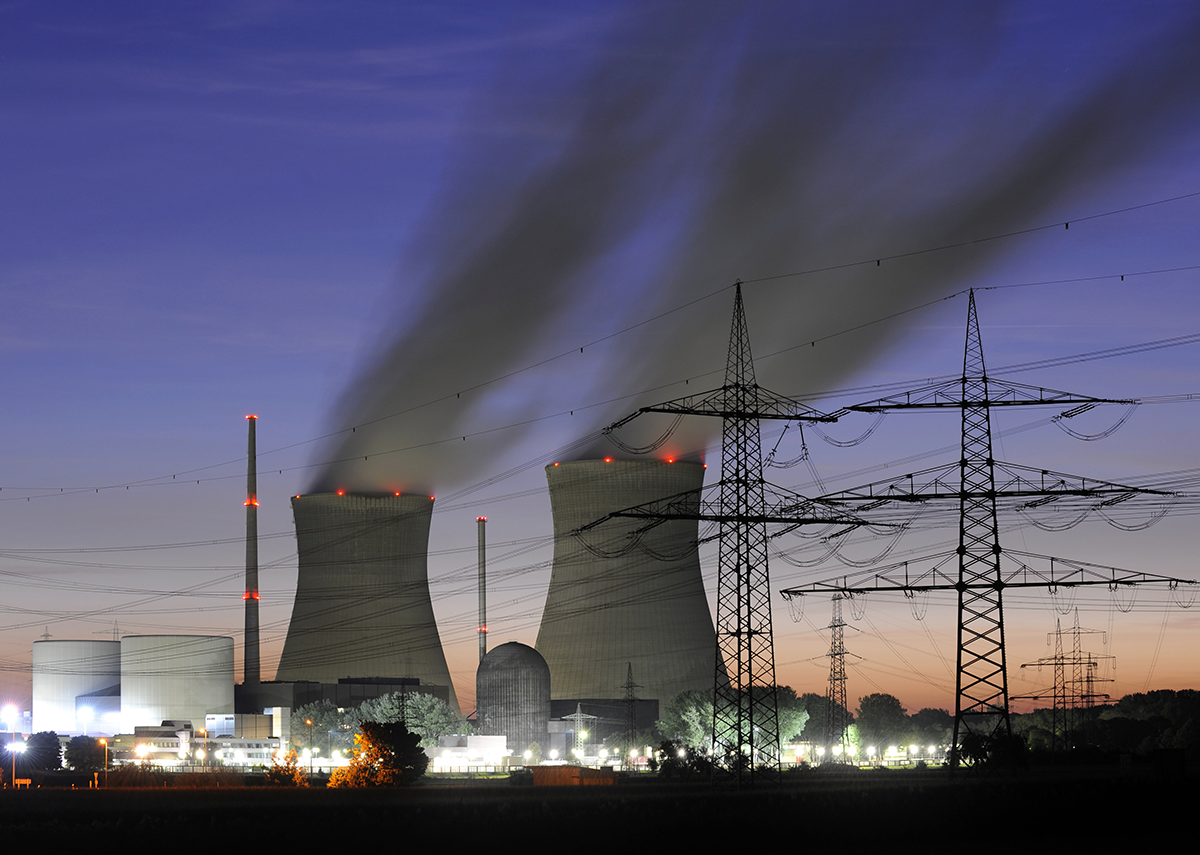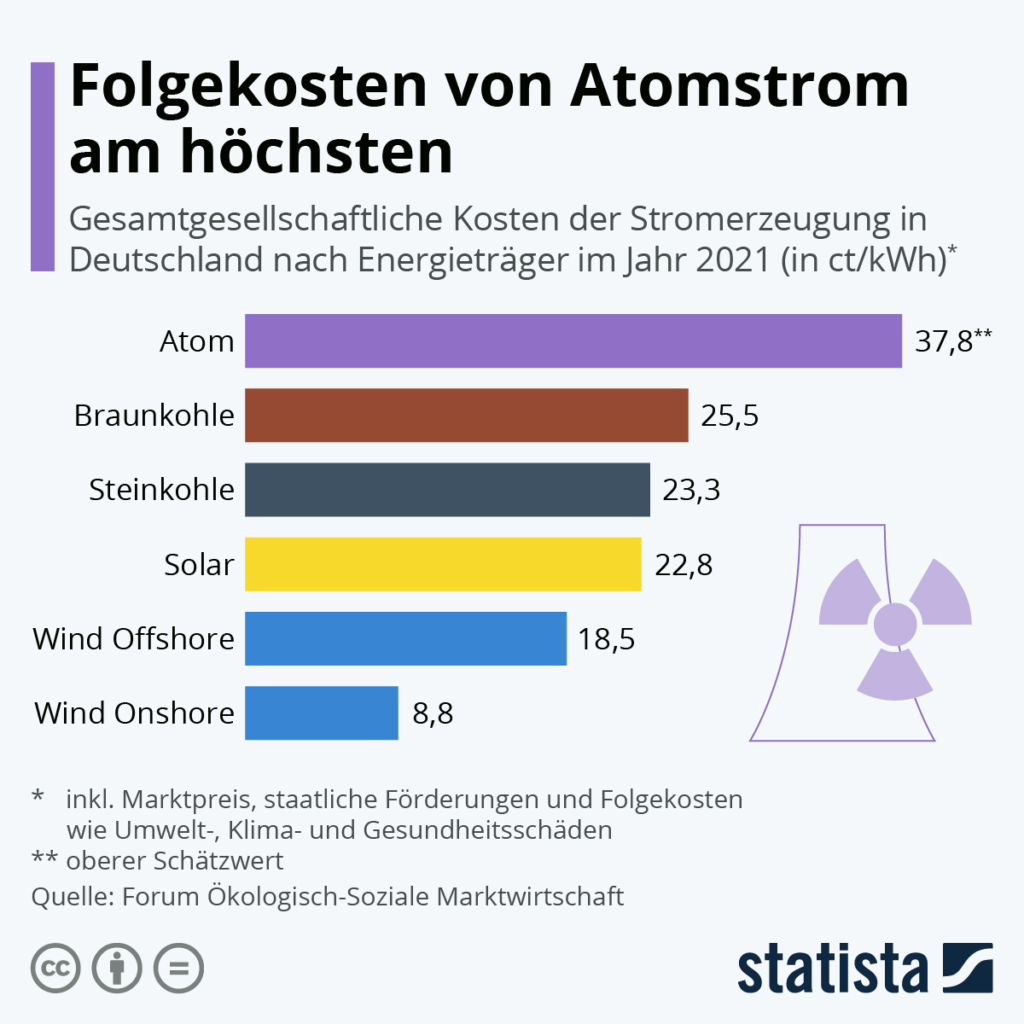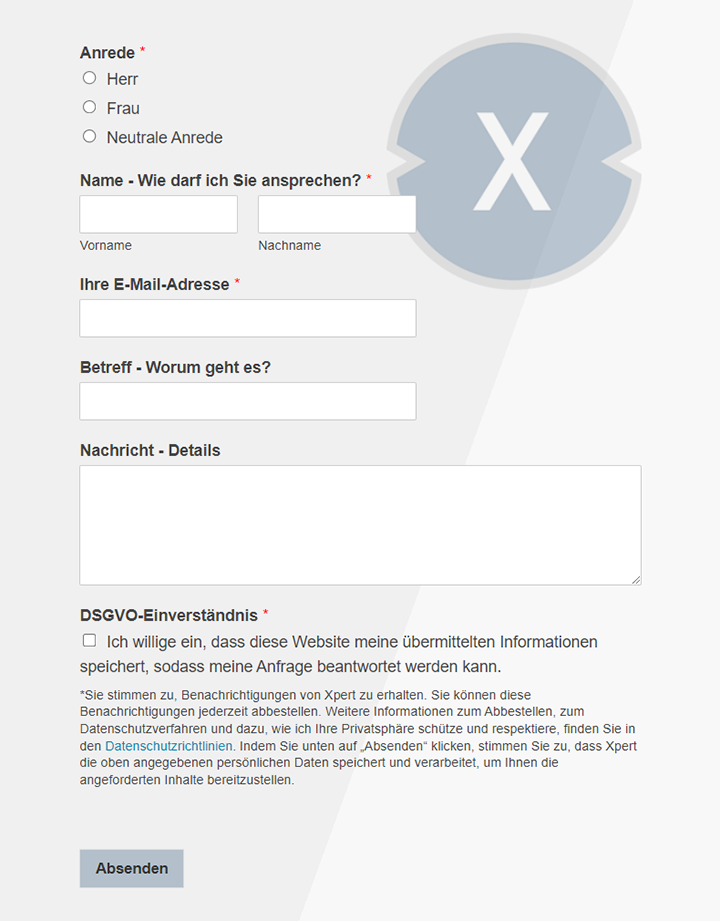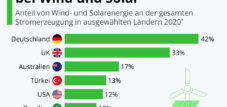Follow-up costs in electricity generation are highest for nuclear power and coal-fired power plants
Language selection 📢
Published on: April 24, 2022 / Update from: April 24, 2022 - Author: Konrad Wolfenstein
The social costs of nuclear and coal-fired electricity are now up to three times as expensive as the costs of electricity from renewable energies
The public perception tends to underestimate the costs of generating electricity from coal-fired power plants and nuclear power plants, while the costs of generating electricity from renewable energies tend to be overestimated.
Rising energy costs are leading to calls in Germany for an extension of the operating times of the remaining nuclear power plants. As the graphic based on a study by the Ecological-Social Market Economy Forum (PDF download) shows, the subsequent costs for society as a whole for nuclear power are higher than for any other type of electricity generation. In addition to the market price and government subsidies, these total costs also include follow-up costs such as environmental, climate and health damage. In addition to nuclear energy, the types of electricity generation from hard coal and lignite also involve significantly more costs for society as a whole than electricity generation from wind and solar energy. The use of wind energy, for example, only incurs a third of the costs to society as a whole that brown coal causes.
After three nuclear power plants in Germany were shut down last year, three power plants are currently still in operation. According to the Atomic Energy Act, the three youngest reactors will be shut down by the end of 2022 at the latest. However, since January of this year there has been a debate about how sustainable electricity from nuclear and gas power plants is. Background: On New Year's Day, the EU Commission presented a draft for sustainability criteria for investments. Accordingly, investments in new nuclear power plants should be classified as green if the systems meet the latest technical standards and if a concrete plan for the operation of a disposal facility for highly radioactive waste is presented from 2050 at the latest.
Despite possible energy supply bottlenecks due to Russia's war of aggression in Ukraine, Economics Minister Robert Habeck and Environment Minister Steffi Lemke spoke out against extending the service life of the remaining three nuclear power plants a month ago. These would not be able to produce electricity until autumn 2023 at the earliest after being filled with newly manufactured fuel rods. Continued operation would also require extensive safety testing and training of personnel for each of the three nuclear power plants.
“Hidden” costs of electricity generation make the difference
1. State funding with a budget impact (direct and indirect funding, such as tax breaks for energy taxes or research expenditure for technology development)
2. Non-internalized external costs (costs that have to be paid by society because the polluter does not pay for them, such as non-priced follow-up costs due to environmental,
climate and health damage)
English Version: Consequential costs in electricity generation highest for nuclear power and coal-fired power plants
Societal costs of nuclear and coal-fired electricity today up to three times as expensive as costs of electricity from renewables. Public perception tends to underestimate the costs of electricity generation from coal-fired power plants and nuclear power plants, while the costs of electricity generation from renewables tend to be overestimated.
Rising energy costs are prompting calls in Germany for an extension of the operating lives of the remaining nuclear power plants. As the chart based on a study by the Forum for an Ecological-Social Market Economy (PDF download) shows, the overall social follow-up costs for nuclear power are higher than for any other type of power generation. In addition to the market price and state subsidies, these total costs also include consequential costs such as environmental, climate and health damage. In addition to nuclear energy, the electricity generation types from hard coal and lignite are also associated with significantly higher overall social costs than electricity generation from wind and solar energy. The use of wind energy, for example, incurs only one-third of the overall social costs that lignite does.
After three nuclear power plants were shut down in Germany last year, three power plants are currently still in operation. According to the Atomic Energy Act, the three newest reactors will be shut down by the end of 2022 at the latest. However, a debate has been going on since January of this year about how sustainable electricity from nuclear and gas-fired power plants is. Background: On New Year's Day, the EU Commission presented a draft for sustainability criteria for investments. According to this, investments in new nuclear power plants should be able to be classified as green if the plants meet the latest technical standards and if a concrete plan is presented for the operation of a disposal facility for highly radioactive waste from 2050 at the latest.
Despite possible energy supply bottlenecks due to the Russian war of aggression in Ukraine, Economics Minister Robert Habeck and Environment Minister Steffi Lemke already spoke out a month ago against extending the operating lives of the remaining three nuclear power plants. These would not be able to produce electricity until fall 2023 at the earliest, after being filled with newly manufactured fuel rods. Continued operation would also involve extensive safety testing and staff training for each of the three nuclear plants.
“Hidden” Costs of Electricity Generation Make the Difference
1. government subsidies with budgetary impact (direct and indirect subsidies, such as energy tax credits or research expenditures for technology development).
2. non-internalized external costs (costs that have to be paid by society because the polluter does not pay for them, eg non-priced consequential costs due to environmental,
climate and health damage)
Xpert.Digital – Konrad Wolfenstein
Xpert.Digital is a hub for industry with a focus on digitalization, mechanical engineering, logistics/intralogistics and photovoltaics.
With our 360° business development solution, we support well-known companies from new business to after sales.
Market intelligence, smarketing, marketing automation, content development, PR, mail campaigns, personalized social media and lead nurturing are part of our digital tools.
You can find out more at: www.xpert.digital – www.xpert.solar – www.xpert.plus




























